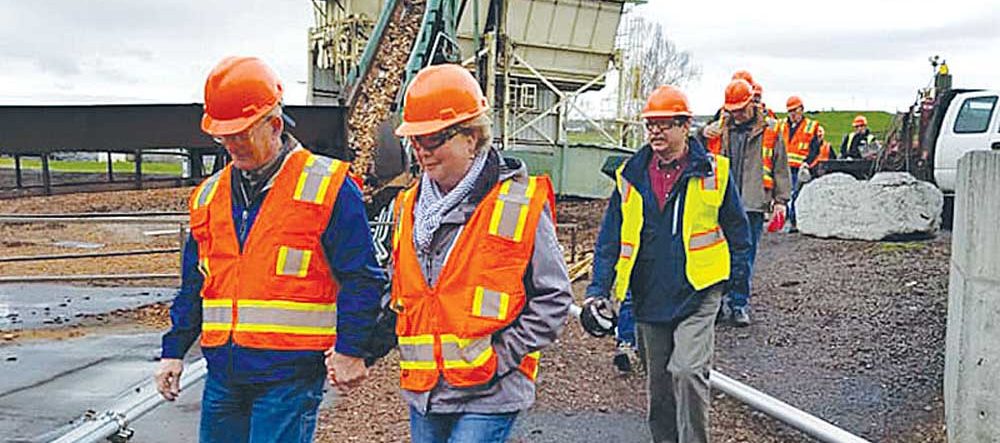Lamprey returning to Wallowa River
Published 11:26 am Saturday, April 14, 2012
LA GRANDE (AP) The Nez Perce Tribe is working to bring the lamprey back to their homeland.
The La Grande Observer reports the tribe released 40 of the jawless, boneless fish in the Wallowa River that had been gathered from dams on the Columbia River.
Jim Harbeck, field office supervisor for Nez Perce Fisheries, said restoring lamprey brings back a fish that was a staple of tribal diets, as well as an important part of the ecosystem.
They were a missing part for a long time, he said.
Like salmon, lampreys lay their eggs in freshwater rivers, and grow to be adults in the ocean.
During the three to seven years lamprey live in rivers, they bury themselves in silty river bottoms, feeding on tiny bits of food they filter from the water. In the ocean they attach themselves to adult fish as parasites. The young lampreys are eaten by salmon and steelhead. The adults are food for sea lions.
Although not protected by the Endangered Species Act, lampreys have declined in number dramatically as more dams were built on the Columbia. In 2010, only 15 were counted swimming over Lower Granite Dam on the Snake River in Washington, Harbeck said.
Resembling an eel, but really a jawless fish, lamprey have trouble swimming upstream in strong currents, and move upstream by sucking onto rocks with their mouths. They coil themselves up and jump, working their way up a rapid or waterfall rock to rock.
Fish ladders designed for salmon and steelhead have stopped many lampreys from returning to their home waters. But the tribe has been working with the U.S. Army Corps of Engineers to install special lamprey ramps to help them over the dams.
Releases in tributaries of the Clearwater River in Idaho have produced young lamprey, Harbeck said.








